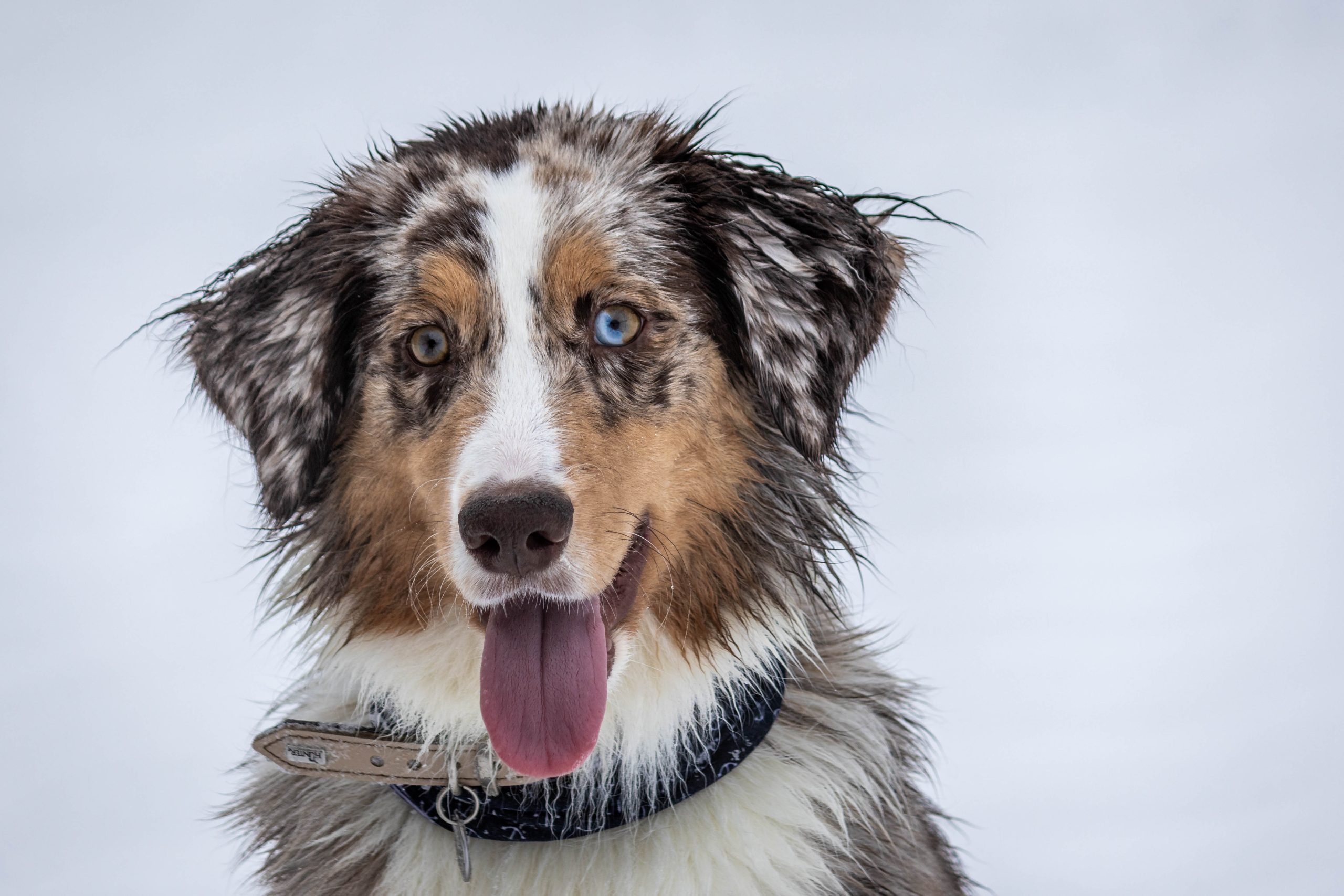Mastering Dog CPR and Emergency First-Aid Techniques
Learn the step-by-step techniques of performing CPR on dogs and basic first-aid procedures for dogs in this comprehensive guide.
Dog CPR: First Response Maneuvers
When it comes to a dog in distress, recognizing the signs that necessitate CPR is vital. Some of these signs include unresponsiveness, difficulty breathing, or a lack of pulse [2]. It’s essential to act swiftly and effectively in such situations. As a first response, checking the dog’s airway, breathing, and cardiac function is crucial for assessing the severity of the situation. This initial evaluation helps determine the appropriate course of action and whether CPR is necessary to revive the dog.
For instance, if a dog is unresponsive and not breathing, it’s essential to act promptly by checking the airway to ensure there are no obstructions. If an obstruction is present, the Heimlich maneuver should be performed to dislodge the foreign object and clear the airway, enabling the dog to breathe freely again. These maneuvers are critical steps in the CPR process, emphasizing the importance of quick and decisive action in potentially life-threatening situations involving dogs.
Signs Your Dog May Need Emergency Care
Recognizing the signs that indicate a dog needs emergency care is essential for prompt intervention. These signs may include pale gums, rapid breathing, seizures, or a lack of responsiveness. For example, if a dog experiences a sudden onset of rapid breathing, appears disoriented, and has pale gums, it could be a sign of a serious medical issue that requires immediate attention. Being able to identify these indicators can help dog owners take timely action and seek the necessary assistance, potentially saving their pet’s life. It’s important to note that these signs can be indicative of various health issues, and it’s crucial for dog owners to be vigilant and proactive in monitoring their pet’s well-being.
In some cases, a dog may exhibit symptoms such as excessive salivation, weakness, or collapsing, indicating a potential emergency situation. For instance, weakness in the hind legs accompanied by excessive drooling could be a sign of poisoning or a neurological issue, necessitating urgent veterinary care. Moreover, recognizing the signs of seizures, which may include sudden muscle spasms and loss of consciousness, is crucial in determining the need for immediate intervention. Therefore, staying informed about these symptoms and regularly monitoring a dog’s behavior and physical condition are key responsibilities of pet owners in ensuring the well-being of their furry companions.
Performing CPR on a Dog: Step-by-Step Guide
Performing CPR on a dog is a critical skill that can make a significant difference in saving the life of a pet in distress. To begin, the first step is to carefully position the dog on a flat surface to ensure stability and ease in applying the necessary interventions. It’s important to gently lay the dog on its right side, as this position allows for the most effective chest compressions and artificial respiration. This position also aligns the heart in its natural location, making it easier to locate and administer compressions.
The step-by-step process for CPR on a dog involves delivering up to 5 breaths into the dog’s nostrils to ensure the airway is clear and then proceeding with 30 chest compressions. This cycle should be repeated until the dog shows signs of recovery or until professional veterinary assistance is available. The goal of these interventions is to maintain oxygen flow to the dog’s vital organs and to simulate the heart’s pumping action to circulate blood throughout the body. It’s important to remember that a dog’s ribcage is more flexible than a human’s, so the chest compressions should be firm enough to be effective but not so forceful as to cause injury.
In addition, finding the heart and executing compressions and artificial respiration correctly are crucial steps in the process. Proper hand placement during chest compressions and ensuring the dog’s mouth is sealed around the nose to prevent air from escaping during artificial respiration are vital for the success of the CPR procedure. Careful attention to these details can help improve the chances of a positive outcome when performing CPR on a dog.
Basic First-Aid at Home for Dogs
In addition to knowing how to perform CPR on a dog, it’s crucial for dog owners to be well-versed in basic first-aid procedures for common emergencies that may arise. For instance, in the case of external bleeding, it’s important to quickly apply direct pressure to the wound using a clean cloth or bandage to help control the bleeding. Additionally, elevating the wound above the level of the dog’s heart can also aid in slowing down the bleeding.
Another common emergency that dog owners should be prepared for is heatstroke. If a dog is exhibiting signs of heatstroke such as excessive panting, weakness, or vomiting, it’s essential to move the dog to a cooler area immediately. Placing cool, wet towels over the dog’s back, armpits, and groin area while also offering small amounts of water to drink can help in lowering the dog’s body temperature.
Moreover, it’s important for dog owners to be aware of the signs of poisoning in dogs, such as vomiting, diarrhea, seizures, and difficulty breathing. In the event of poisoning, it’s crucial to contact a veterinarian or animal poison control immediately for guidance. Additionally, having a pet first-aid kit at home and understanding how to use its contents for various emergency situations can significantly contribute to the well-being of a dog.
 Additional Resources for Learning Dog CPR
Additional Resources for Learning Dog CPR
When it comes to learning dog CPR, there are several resources available to help pet owners and caregivers become more knowledgeable and skilled in providing emergency care for dogs. One valuable resource is the availability of free online dog CPR courses, which can be a convenient and accessible way to learn the essential techniques and procedures involved in performing CPR on dogs. These courses cover topics such as recognizing when a dog is in distress, understanding the steps for artificial respiration and chest compressions, and grasping the precautions and first response maneuvers for performing CPR on a dog.
In addition to online courses, practical first aid courses for dogs are also offered in small groups, providing participants with a hands-on learning experience and the opportunity to practice essential first aid techniques in a controlled setting. These courses often include demonstrations and interactive sessions that can enhance the participants’ confidence and proficiency in administering CPR and other first-aid procedures for dogs. Furthermore, attending fully regulated practical or online first aid courses is highly recommended to ensure a comprehensive understanding of how to effectively manage medical emergencies involving dogs, emphasizing the importance of being well-prepared to handle unexpected situations and provide timely and appropriate care for canine companions.


